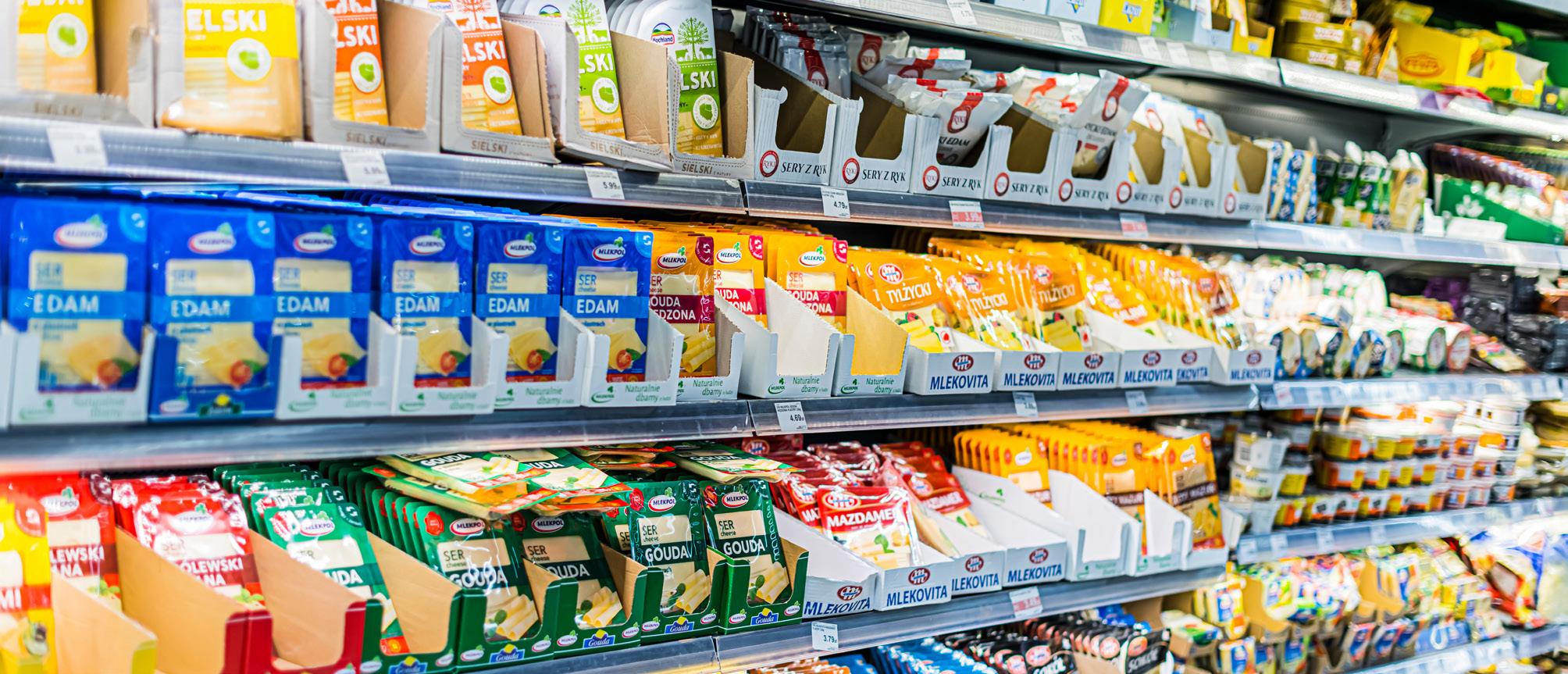
1 minute read
Win The Battle. Win The War.
from 1to12
by Sivakumar M
Consumer packaged goods (CPG) brands have long been grappling with the challenge of out-ofstock situations in retail stores, which can result in significant losses. To address this issue, many CPG brands have started using image recognition technology to detect out-of-stock situations and reduce losses.
Image recognition technology works by using computer algorithms to analyze images and detect patterns and features. CPG brands can use this technology to analyze images of store shelves to identify when a product is out of stock or has been misplaced. This allows brands to take immediate action to restock the product, reducing lost sales and improving customer satisfaction.
Advertisement
One example of a CPG brand that has successfully used image recognition to detect out-of-stock situations is Coca-Cola. The company developed an AI-powered image recognition tool that uses cameras installed on store shelves to capture images of the products on display. The images are then analyzed by an algorithm that can detect when a product is out of stock or has been misplaced.
By using this tool, CocaCola was able to reduce out-of-stock situations by 30% and improve product availability by 6%. This resulted in increased sales and reduced losses for the company.
Another example is Nestle, which conveniently used an image recognition tool to monitor product availability and placement in stores. The tool used machine learning algorithms to analyze images of store shelves and identify out-of-stock situations. Nestle uses the data generated by the backend intelligence to optimize its distribution and restocking processes, reducing lost sales and improving customer satisfaction.
Image Recognition technology is a powerful tool for CPG brands to detect out-of-stock situations and reduce losses. By analyzing images of store shelves, brands can identify when a product is out of stock or has been misplaced and take immediate action to restock the product. This improves product availability, increases sales, and enhances customer satisfaction.





